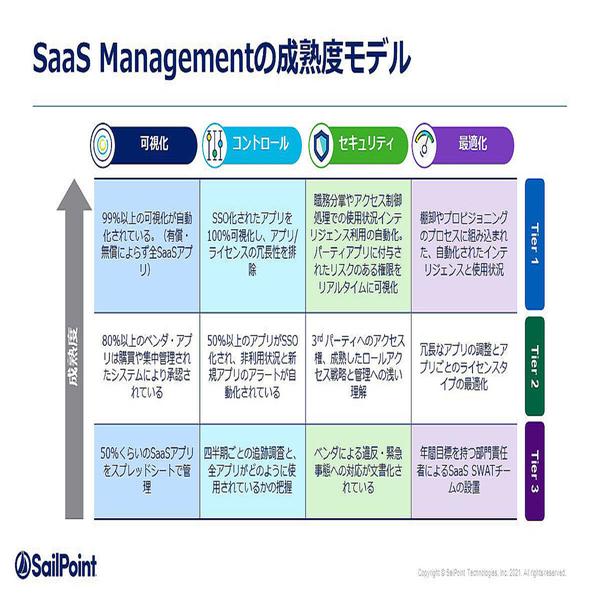What are the risks of SaaS that is being introduced with DX and what are the countermeasures?
Companies are adopting SaaS as they promote DX (digital transformation), and by 2022, 90% of companies are expected to migrate to cloud-based apps.
And while the spread of the new coronavirus forced companies to shift to remote work, SaaS has improved their productivity. However, while office workers have turned to various SaaS to get their work done, IT departments are struggling to keep up with the SaaS flood.
Security Risks Increased by SaaS
In general, the more tools you use, the more complex your IT environment becomes. IT and security teams are now faced with the difficult task of supporting the flexibility afforded by the growing use of SaaS while protecting the enterprise and its assets.
Since SaaS is easy to use, it may be used without permission from your IT department. The SaaS sprawl is only gaining momentum during the Covid-19 pandemic, a runaway train that could spiral even further out of control if guardrails are not put in place.

Furthermore, as more employees integrate (or "provide unrestricted access" to) sensitive internal data into unauthorized SaaS apps, countless third parties are gaining inappropriate access to corporate systems. There is a risk that That means you could face a compromise from a vendor you didn't even know had access to your data. This is called a supply chain attack.
And as data privacy regulations tighten around the world, SaaS can spell disaster for businesses. Because with unmanaged SaaS, you can face sudden loss or theft of critical data, as well as serious privacy breaches and hefty fines for non-compliance. .
In addition to security risks, there is also the issue of wasted spending. The average midsize business spends about $4,379 per employee annually on SaaS. However, it is estimated that 30% of its licenses are underutilized or, in some cases, completely underutilized.
This is a disturbing tale of how over-provisioning can result in wasted hundreds of thousands of dollars (or millions in the case of large global enterprises).
Automating SaaS Management
So, how should we solve these problems? Manual audits using tools like spreadsheets don't give you the full picture. The use of SaaS by companies is changing day by day. As a result, spreadsheets that cannot keep up with change are no longer realistic when the study is completed. And what about apps that employees forgot to declare (or didn't disclose), even if there was a faster way to conduct a manual audit? how do you discover them?
The word you should use here is "Automation". Specifically, it automates discovery and management. By leveraging automated tools with these capabilities, organizations can ultimately gain continuous and accurate visibility across their SaaS environment.
This is called "SaaS management" and should be done by all companies using SaaS. This visibility provides the foundation businesses need to successfully implement security measures.
SaaS Management manages all SaaS identities and access, controls software spending, and ultimately provides controls to reduce risk. Risks include both the risk of sensitive data being stored in unprotected SaaS and the risk of employees over-provisioning unnecessary access.
SaaS management enables companies to take a proactive approach to issues surrounding SaaS usage. Imagine IT, Finance, Procurement, Sales, Marketing, and all other teams centrally managing SaaS in use, who uses it, how they use it, and how much it costs. This is a powerful competitive advantage for companies looking to innovate and grow.